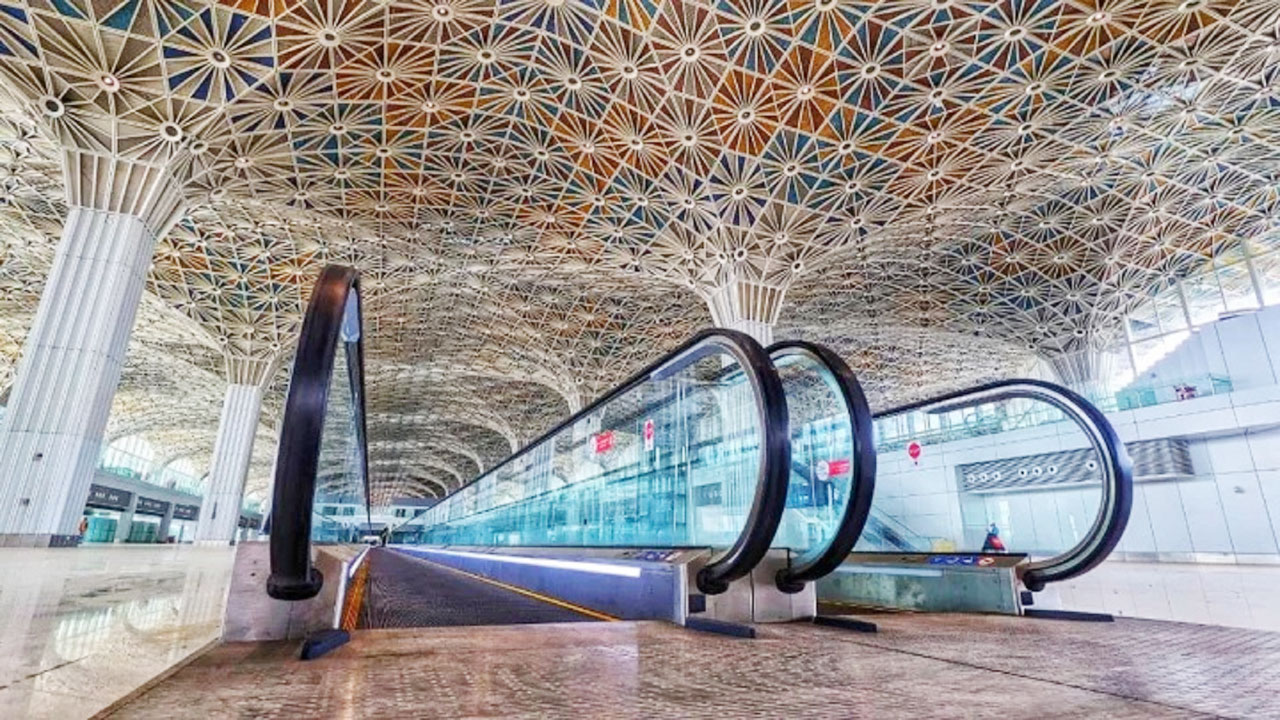
Millions of people travel to different destinations every year, and often, flights cannot be completed in one direct journey. Layovers and stopovers are common, requiring travelers to transit through intermediate countries. To facilitate such travel, many countries issue transit visas, designed specifically for individuals who are passing through a country for a short period before continuing to their final destination.
What is a Transit Visa?
A transit visa is a type of temporary visa issued to travelers who are passing through a country en route to their final destination. It is typically required when you have a layover or stopover in a country and you need to exit the airport or, in some cases, even if you remain in the transit area. For example, if you are traveling from South Asia (Bangladesh, India, Nepal, etc.) to the US but need to stop in the Schengen Zone to continue your flight to the US, you require a transit visa for the Schengen Area.
What is the Transit Zone?
The transit zone is a designated area within an airport where passengers who are traveling between international destinations can wait for their connecting flights without formally entering the country they are transiting through. This area is typically located within the airport’s secure zone, beyond customs and immigration checkpoints.
Key Features of a Transit Zone:
No Immigration Required: Passengers do not need to go through immigration control or obtain a visa for the country, provided they stay within the transit zone and meet the requirements of that country.
Difference Between Transit and Transfer Passengers
- Transit Passenger: A transit passenger continues their journey on the same aircraft after a brief stop at an airport. They usually do not need to disembark unless required for security or refueling purposes.
- Transfer Passenger: A transfer passenger switches to a different aircraft or airline to continue their journey. This often requires disembarking, collecting luggage (if not checked through), and possibly checking in again for the connecting flight.
Important:
Always confirm with your airline whether a visa is required for a transfer or transit, especially when passing through international airports.
Difference Between Direct, Connecting, and Non-Stop Flights
- Non-Stop Flight: The most straightforward option, this flight travels directly from point A to point B without any stops along the way.
- Direct Flight: Despite its name, a direct flight might include one or more stops between point A and point B, such as refueling or boarding new passengers. However, the flight number remains the same, and passengers usually remain on board during the stop.
- Connecting Flight: This involves traveling from point A to point B with a stop at point C, where passengers change planes. In some cases, travelers may need a transit visa depending on the country of the stopover.

